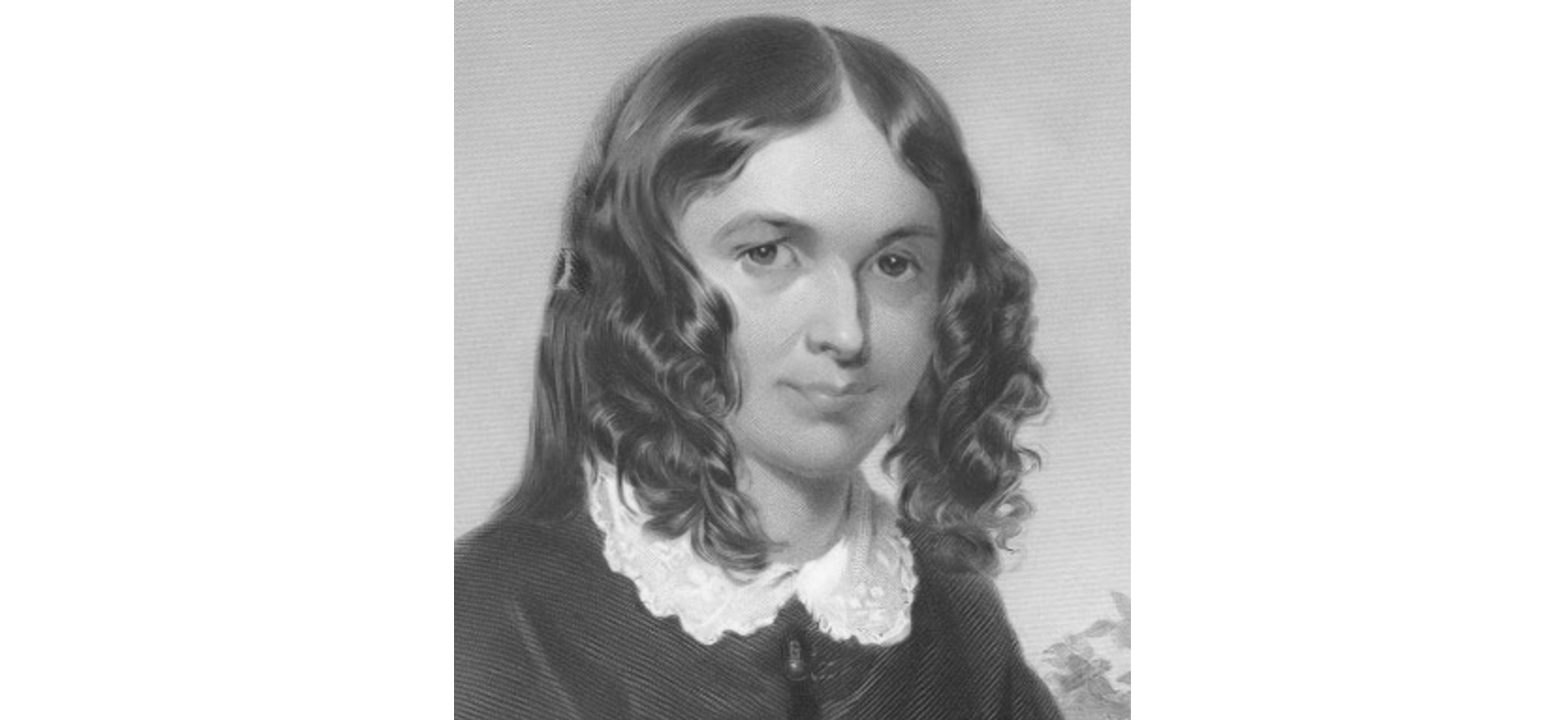Elizabeth Barrett Browning, a well renowned Victorian poet was born on March 6, 1806 in Durham, England, the eldest of 12 siblings, to a wealthy family. She is well known for many of her works, not the least of which being Sonnet 43, How do I love thee.
How do I love thee? Let me count the ways. I love thee to the depth and breadth and height My soul can reach, when feeling out of sight For the ends of being and ideal grace. I love thee to the level of every day's Most quiet need, by sun and candle-light. I love thee freely, as men strive for right. I love thee purely, as they turn from praise. I love thee with the passion put to use In my old griefs, and with my childhood's faith. I love thee with a love I seemed to lose With my lost saints. I love thee with the breath, Smiles, tears, of all my life; and, if God choose, I shall but love thee better after death.
At the age of twenty, she published the volume entitled An Essay on Mind, with Other Poems anonymously which led to her friendship with Hugh Stuart Boyd, a middle aged dilettante scholar, affording her access to extensive reading materials and friendship. Though it was in 1838 on the publication of The Seraphim and Other Poems that she established herself within literary circles.
Shortly after she suffered a series of health complications and personal tragedy that result in a hiatus from her writings for several years. When she eventually returned to life with her family and resumed her writing. In 1844 she contributed anonymously to A New Spirit of the Age, written in collaboration with the playwright Richard Hengist Horne.
Her works eventually found their way to Robert Browning and in January 1845 he began corresponding with her. Their courtship continued despite the objections of Elizabeth’s father and they were married in secret on September 12, 1846 at St Marylebone Parish Church.
During the early years of their marriage, her literary reputation far exceeded that of her husband’s and remained high throughout her life and after. A portrait of her was even hanging in the home of Emily Dickinson.
She passed away on June 29, 1861, leaving behind a legacy far too great for such a short piece. If you would like to know more about her, take your pick of sources. If you are looking for something a little deeper but still short, check to her biography on PoetryFoundation.org.
